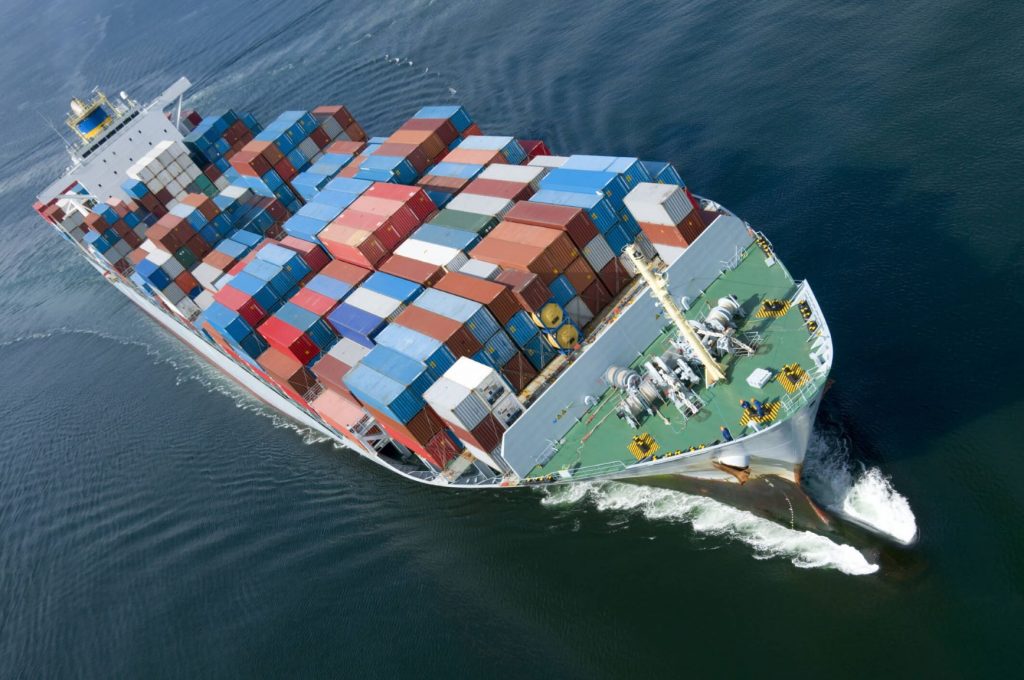
The supply chain affects every industry to some degree, from the movement of products and labour to finding the right tools for the job.
And making sure that you can provide your customers with the best experience is key for the running of any business.
Customer satisfaction can cause loyalty for your business, making it an important factor to consider. To maintain this, you need to adapt to changes and challenges which you will face, including problems with the supply chain.
Here, we will explore what the supply chain is, what issues it can face, and how businesses are managing to navigate these issues successfully.
What is supply chain resilience?
Supply chain resilience is a company’s ability to navigate any complications that the supply chain has, ensuring that their customers aren’t negatively affected by delays or lost products and services due to external factors.
What issues can the supply chain face?
Issues that the supply chain can encounter include:
Bad weather
One cause of issues for the supply chain is bad weather. Whether this is an issue with rough seas as good as being transporter or an issue with stock becoming unusable due to bad weather conditions affecting their storage, making sure your products are safe from the weather is key for keeping supply demand up.
With the increase of climate change resulting in rapidly-changing weather, it is important for companies to consider this within their business plans. Bad weather can result in lost cargo and spoiled goods, resulting in businesses needing to not only replace the stock but also to fix the issues caused by the bad weather.
This could include resealing a storage unit to be weatherproof, which can be a costly expense and it can cause delays or temporary shutdowns for businesses.
Inflation
As with each part of life, the hiking prices fuel, materials, and more is negatively impacting the supply chain. Businesses are finding it pricier than ever to afford their imports, port charges, and deliveries. The rising price in materials and delivery charges means that it costs more than ever to provide your customers with their products and so businesses are needing to rise their prices too.
The cost-of-living crisis also means that less people are buying unnecessarily, with 65% of people not buying non-essentials anymore, making it harder to find business than previously.
Worker strikes
The cost-of-living crisis has also put a strain on many workers, resulting in further worker strikes across the supply chain. This includes employees of delivery services such as the Royal Mail who saw multiple strike days due to a disagreement over pay and conditions.
This has an impact on the supply chain as customers must wait longer to receive their goods. Other workers’ strikes might also impact this including HGV drivers and factory workers.
Due to the rising cost of living, people are experiencing further hardships and it is down to companies to increase pay alongside this to keep not only their employees happy but also their customers.
How are businesses combatting this?
Companies such as ParkourSC have found ways to combat their own supply chain issues using technology. Advancements in technology, including the Industrial Internet of Things, means that businesses can track products better, ensuring in this case that blood samples don’t spoil during their transportation.
By having clear visibility of the supply chain, this company can help reduce their sample loss. Having a clear tracking system for your products can ensure that you are aware of each asset of your business at any time and if issues were to occur, you would be able to track when, where, and how – informing your planning for future supply chain solutions.
Peter Campbell, business owner at Snowshock, experts in slushie syrups, explains: “Preparing your business against supply chain issues can ensure that your company can continue providing the best products and services even during a crisis.
“Whether you are creating alternative delivery options in the event of a strike or ensuring your stock storage is checked regularly for leaks, planning emergency response plans for each part of your supply chain can ensure the best results for your business.
“While you may not be able to control the issue, being able to respond quickly and effectively can help save your business money, time, and energy. Ultimately, the supply and demand of your products must keep the customer happy and reducing the likelihood of delays, and resolving any issues quickly, is always the best practice.”
Other companies are working to increase supply chain resilience by finding the cheapest methods of manufacturing, this includes nearshoring in which a company can transport their initial product closer to their target audience and personalise it in the local area, making meeting demand easier and the cost cheaper.
Further supply chain resilience measures include buying in bulk to create large stock inventories on products you know will sell, limiting your need to reorder during busy trading times in which prices and time delays might increase.
There are many numbers of ways your business can build supply chain resilience. First, you must understand where your business is likely to find the most problems – whether this is financial problems due to rising costs or long transportation times.
To resolve this, you might consider moving production closer to home or to the target base or cut costs elsewhere in the business to offset the rising prices. But no matter your chosen solution, ensuring your customers are happy even during supply crisis is the aim.
Peter Campbell is commercial director of Snowshock